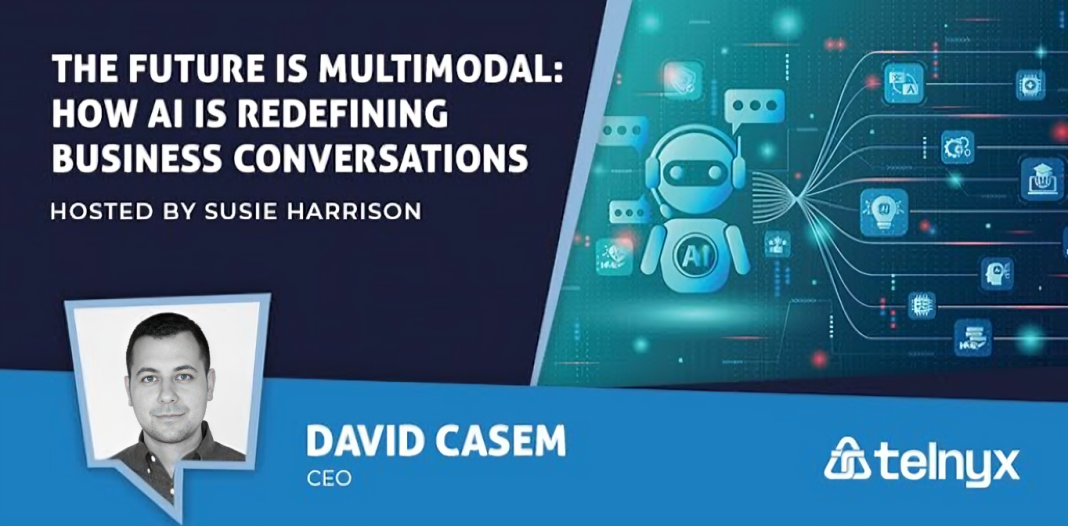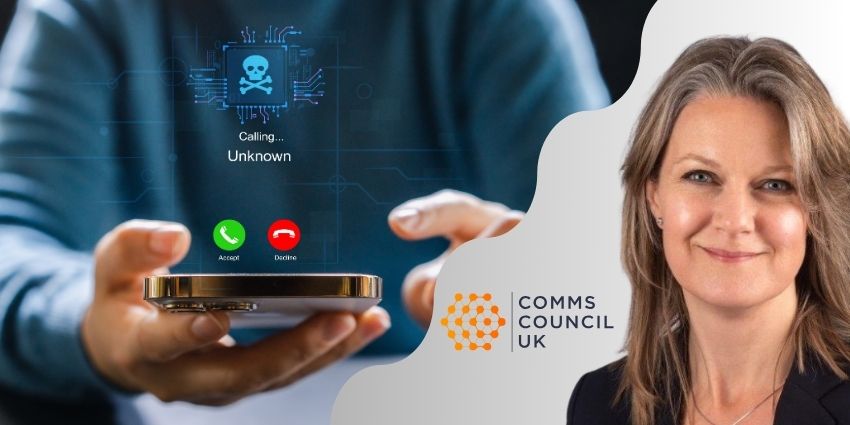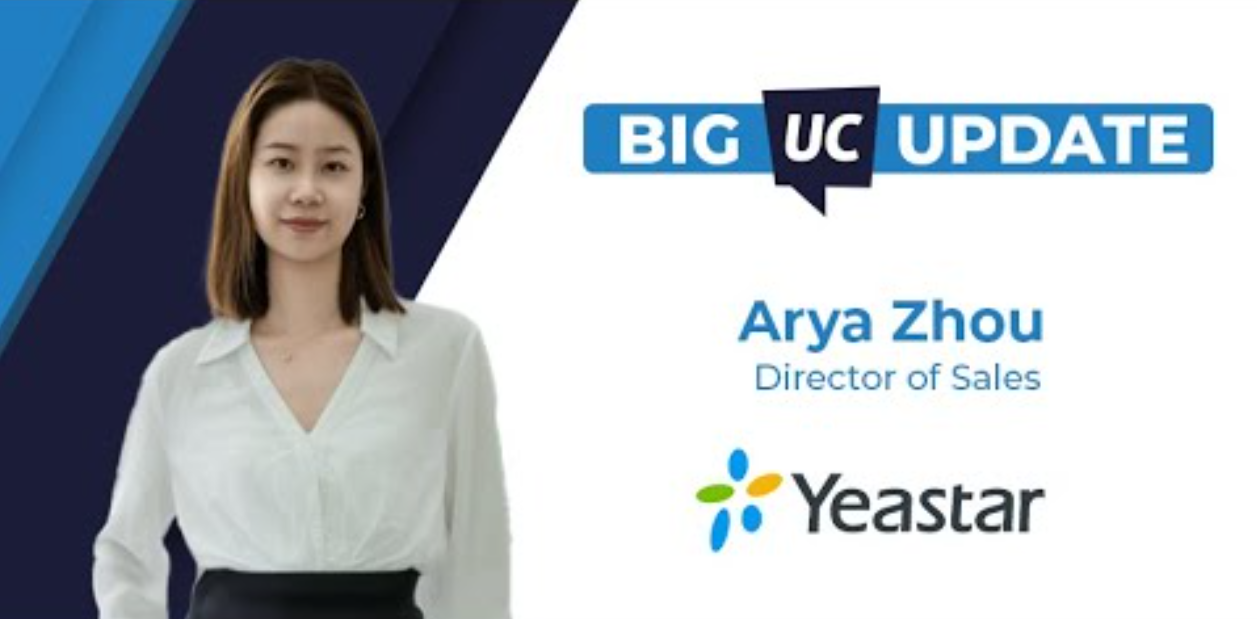Following my conversation with Alcatel Lucent Enterprise about their whitepaper produced with Wainhouse Research: “Using the Cloud to Attract, Engage and Retain Customers,” I got back in touch with Jacques Der Ohanian to discuss the combination of UCaaS and CPaaS further. As the Head of Government Market Business Engines at ALE, Jacques has worked with the company for many years (almost 30). He told me: “I was involved with the first iteration of UCaaS for ALE. Back then we called it unified collaboration and conferencing.”
How Does ALE Define UCaaS?
As we re-launched our conversation, Jacques noted that UCaaS isn’t a new concept, either for the marketplace or for ALE. “UCaaS isn’t new to Alcatel Lucent Enterprise, or me. We launched our first project about ten years ago, and although the nature of collaboration and conferencing has changed in recent years, from on-prem to cloud deployment and in other areas too, the aims of a UCaaS strategy are still the same. Companies still want a way to collaborate from any place, at any time, using any device or media.”
Jacques commented that while UCaaS hasn’t evolved as rapidly as analysts first predicted, it has been a constant focus for the communications market for a while now.
“We’ve seen many different flavours of collaboration and UCaaS popping up around the world. At ALE, we now have our new platform – Rainbow, which simplifies UCaaS obtained from the cloud by making it easy to access and deploy.”
According to Jacques, the fact that Alcatel-Lucent Enterprise can give customers a way to communicate and collaborate from any device or environment, while leveraging already installed devices or systems and ensuring data privacy, is an important differentiator for them. “When we talk about collaboration, it’s important to remember that you’re addressing many different people in a company, from various backgrounds.”
What Does CPaaS Mean to You?
In simple terms, CPaaS is basically APIs for communication strategies. In the past, implementing APIs has been a more complicated process, but Alcatel Lucent Enterprise has found a way to make the process simpler with CPaaS. Jacques told me that today, UCaaS is much easier to deploy, and CPaaS is becoming more accessible too.
“Again, it’s not a new concept. We were experimenting with APIs back at day one. However, it’s never been as easy to implement CPaaS as it is today. New technology has made it easier to create and implement APIs. We have people creating proof of concept within a matter of days using our CPaaS system.”
According to Jacques, the reason that UCaaS and CPaaS work together so well is that they complement each other.
“We all know that CPaaS can enhance digital engagement, but you can’t offer the right services to the customer if you don’t have the right collaboration inside of the company. The best collaboration starts in the simplest way with UCaaS – with people talking to people. Then, it can evolve into people talking to devices, services, and more to offer a better solution to their customers.”
ALE is also launching a partnership with IBM, which will help them to bring more artificial intelligence and automation into the communication network too. “The first step here will be to create bots and automate some of the conversations between employees and customers. Eventually, some companies may end up being completely automated.”
How Does CPaaS Bring a New Dynamic into the Communication Mix?
 It’s safe to say that UCaaS has exploded in popularity over recent years with ready-to-go applications in voice, video, messaging and more. However, when you bring CPaaS into the mix, the communication experience evolves even further. I asked Jacques how he thinks combining CPaaS and UCaaS benefits a business, and he told me:
It’s safe to say that UCaaS has exploded in popularity over recent years with ready-to-go applications in voice, video, messaging and more. However, when you bring CPaaS into the mix, the communication experience evolves even further. I asked Jacques how he thinks combining CPaaS and UCaaS benefits a business, and he told me:
“UCaaS connects people with people inside, or outside of a company. When you make a move to CPaaS, you connect people with applications, services, and processes. You can connect people to calendars and directories so that they have more access to useful information and context while they communicate. As you delve deeper into the possibilities of CPaaS, you can add bots to automate answers for customers, connect objects (IoT), use AI for advanced analytics, and go beyond what we used to know with unified communications.”
According to Jacques, everyone is using UCaaS, but CPaaS is a key investment to bring into the mix for businesses who want to make more money by supporting a stronger customer experience. “We’re offering a step-by-step solution of UCaaS and CPaaS integration, where people can start small with UCaaS, then implement CPaaS capabilities one step at a time. That’s what we think makes Rainbow special, the fact that it can evolve at the same pace as our customer.”
Jacques also commented that when people need to connect with other people, those individuals might not be located inside of their business. For instance, they might need to reach out to other companies, partners, or suppliers. Combining CPaaS and UCaaS means that enterprises can create a free UCaaS client for their partners and subcontractors to use when interacting with employees. “That’s another way that CPaaS and UCaaS mix perfectly.”
How Easy is it to Implement CPaaS?
Alcatel-Lucent Enterprise’s Rainbow product is both a CPaaS and UCaaS solution. At first glance, CPaaS seems like a complicated concept to implement into any business. After all, it seems like you have to pull together countless SDKs and APIs from different systems. Jacques noted that there are different levels of complexity involved in CPaaS implementation, but the most complicated thing of all is finding a partner for your strategy.
“Companies need to figure out what their priorities are, then find the people who can help them reach their goals. We’ve done some work with developer partners who wanted to design something for the healthcare vertical. Using Rainbow, they managed a proof of concept within two days. They simply connected to the Rainbow hub and had instant access to APIs and examples on our systems. We’ve had similar examples of this with many companies across various verticals.”
Jacques also commented that he believes it’s easier to implement CPaaS when you take it one step at a time, which is why Rainbow offers the solution to start with UCaaS then move forward to different services when you understand what you need from CPaaS.
What are the Top Things to Consider Before CPaaS Implementation?
CPaaS implementation is clearly a critical consideration for any company. I asked Jacques what he considered to be the most important factors to think about for any growing business.
“I always come back to priority. It’s about figuring out what you want to solve – whether it’s digital engagement with a customer, or enhancing operations in a company. You need to identify your needs, and prioritize based on what you want to accomplish.”
After figuring out what you need from your CPaaS solution, Jacques recommends working with the people who will be using the system every day to ensure usability. “You need to adapt what you build to suit the people who are using it. Then you can evolve at your own pace, responding to analytics and feedback. It’s better to evolve little by little, and get a better understanding as you go.”







